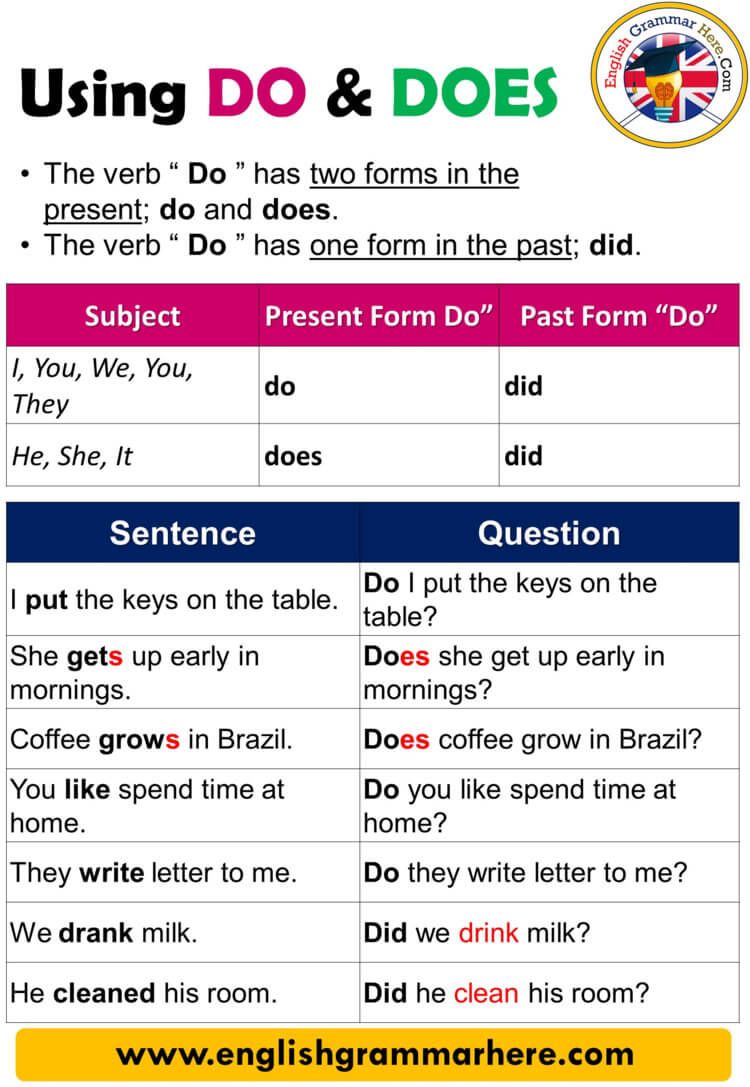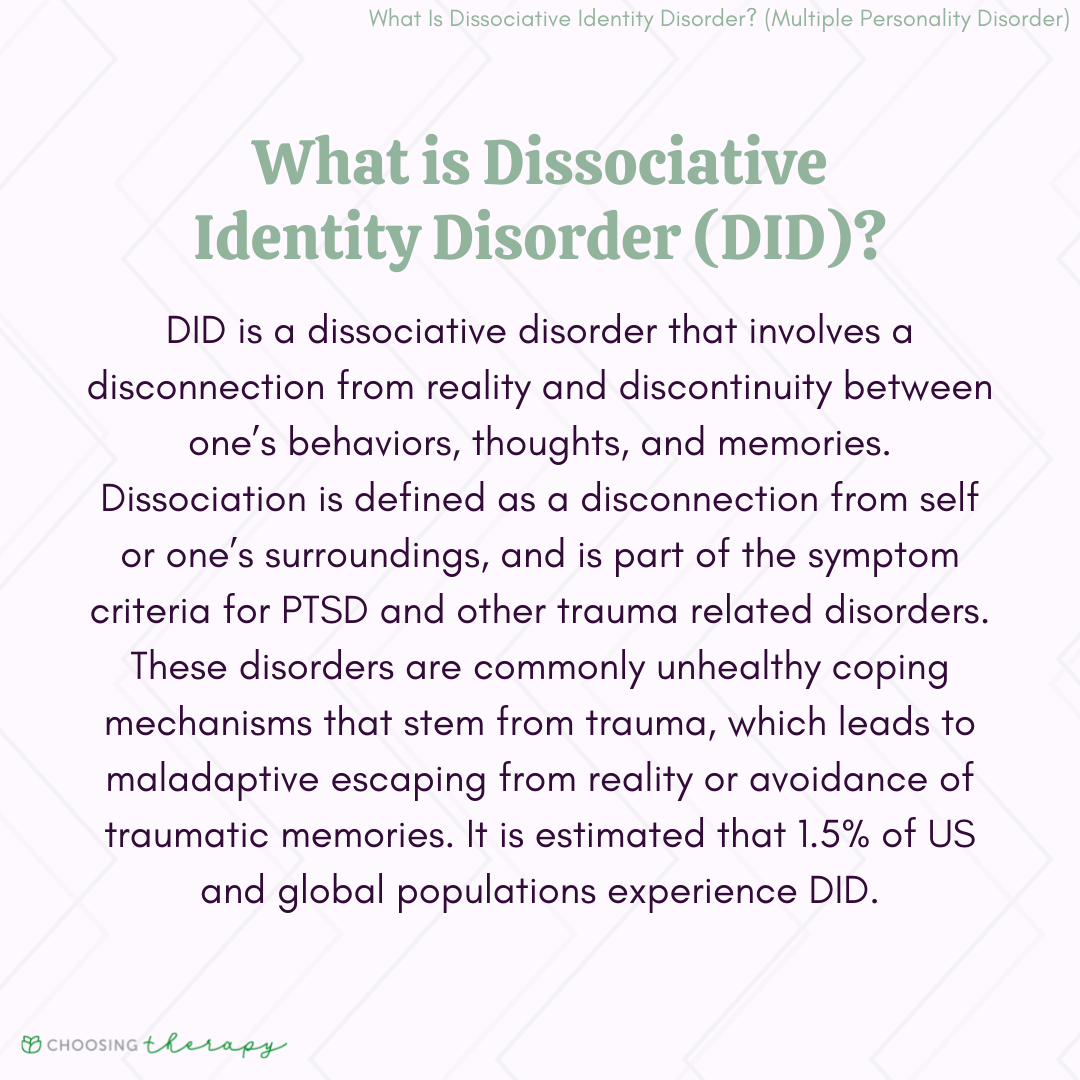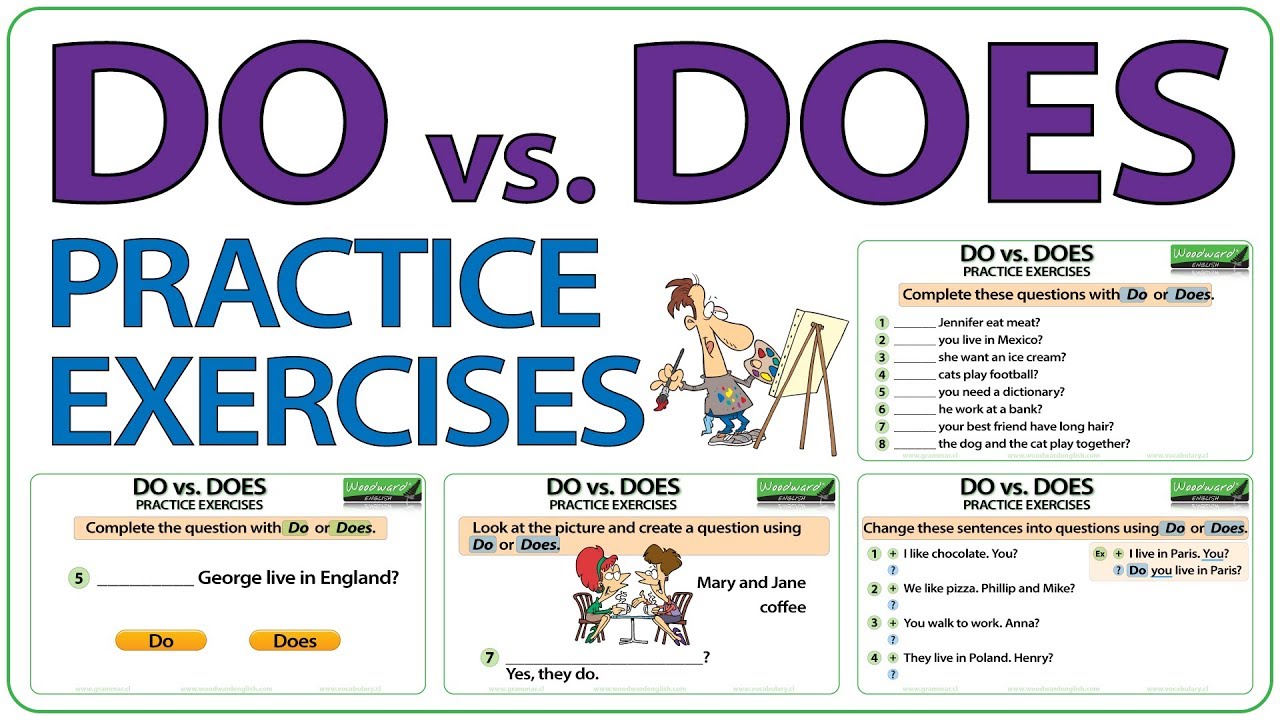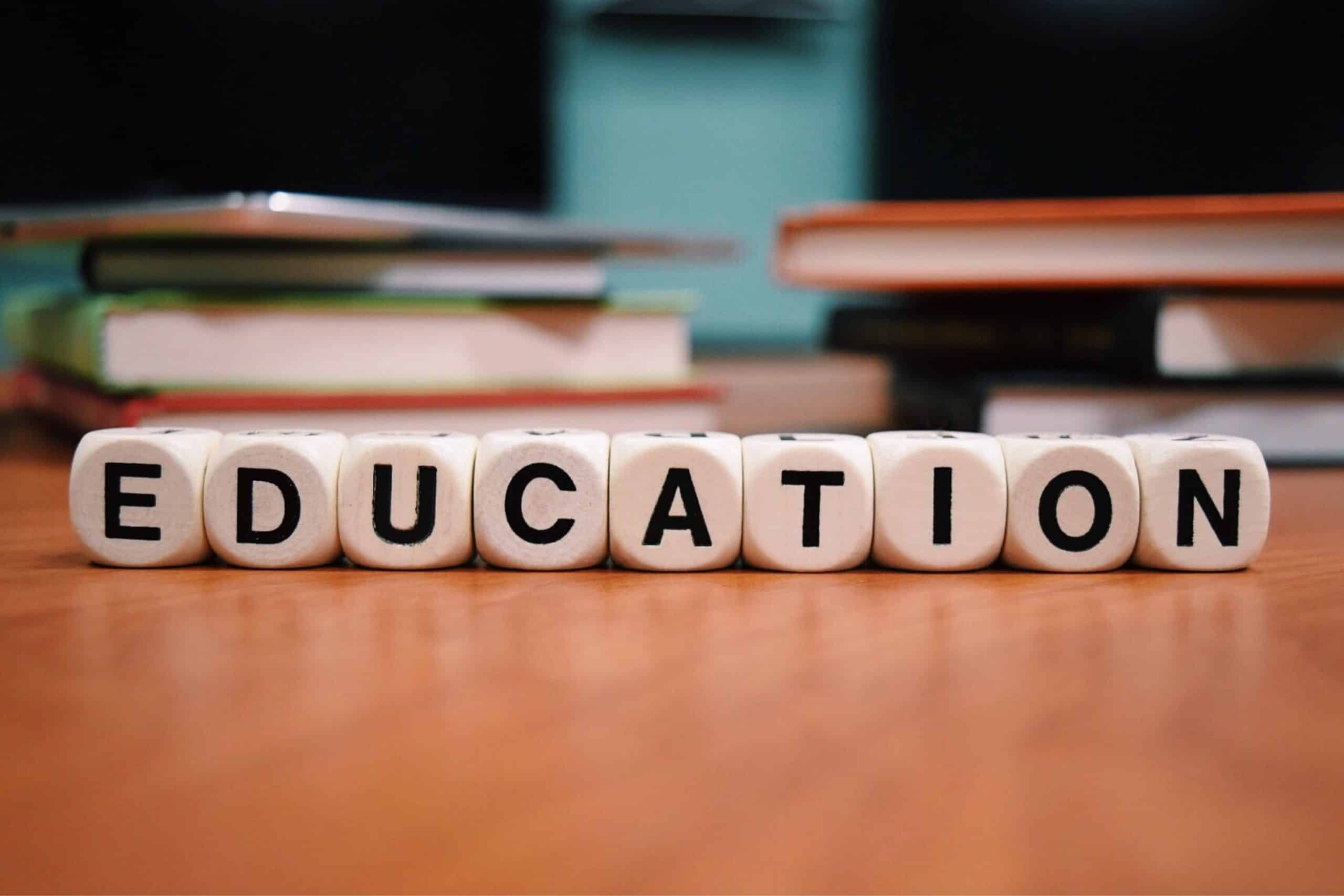Understanding New Mexico’s Education Ranking: Data, Challenges, and How to Find Support
New Mexico’s Standing in National Education Rankings
New Mexico has consistently ranked at the bottom of national education metrics. According to the
2024 National Assessment of Educational Progress
(NAEP), New Mexico is ranked 50th out of 50 states for overall education performance. This ranking has remained unchanged for nine consecutive years, highlighting persistent challenges in the state’s public education system
[1]
. Multiple independent reviews reinforce this position, with New Mexico appearing among the five states with the lowest performing public schools in the country
[3]
.
Key Indicators: New Mexico’s Academic Performance in 2024
The NAEP, sometimes called the Nation’s Report Card, evaluates students in core subjects at key grade levels. In the most recent 2024 assessment, New Mexico’s fourth and eighth graders scored well below the national average in both reading and mathematics. The following data illustrates the current academic landscape:
- 4th Grade Reading: Average score of 201 versus the national average of 214. Only 20% of students demonstrated proficiency.
- 4th Grade Mathematics: Average score of 224 versus the national average of 237. Only 23% reached proficiency.
- 8th Grade Reading: Average score of 245, while the national average is 257. Proficiency rate stands at 19%.
- 8th Grade Mathematics: Average score of 256, trailing the national average of 272. Only 14% of students demonstrated proficiency [1] .
These results reflect significant gaps in foundational learning, which can affect students’ long-term academic and career prospects.
Understanding the Causes: Factors Behind New Mexico’s Low Ranking
Several interconnected challenges contribute to New Mexico’s low ranking:
- Poverty and Socioeconomic Barriers: New Mexico has one of the highest child poverty rates in the U.S., with many families facing food insecurity and limited access to early childhood education.
-
Teacher Shortages and Compensation:
The state has struggled to attract and retain qualified teachers due to lower average salaries and limited professional development opportunities. According to the
National Education Association
, New Mexico’s educational expenditures per student and support for instructional staff rank in the bottom tier nationally [4] . - Rural and Remote Communities: Many students live in rural areas with long commutes to school, limited access to advanced courses, and inconsistent internet connectivity.
- Cultural and Linguistic Diversity: A significant portion of students are English language learners, and schools must address diverse cultural backgrounds and learning needs.
These factors create systemic hurdles that impact student achievement and overall state performance.

Source: aiims.edu
Spotlight on Local Success: Top-Performing School Districts
Despite statewide challenges, some school districts in New Mexico have demonstrated notable success. For example, Texico Municipal Schools and Los Alamos Public Schools consistently receive high marks for academic performance, teacher engagement, and college readiness. Texico is praised for its supportive environment and small class sizes, while Los Alamos stands out for its rigorous curriculum and college preparation programs. These districts offer valuable models for best practices in the state [2] .
Accessing Support and Resources in New Mexico
If you are a parent, student, or educator seeking to improve educational opportunities, several pathways may be available:

Source: timesunion.com
- Connecting with Your Local School District: Start by contacting your district’s administrative office for information about academic support programs, tutoring, and special education services. Every public district in New Mexico maintains a website and a central office for inquiries.
- Exploring State Education Initiatives: The New Mexico Public Education Department (PED) oversees statewide programs, including teacher recruitment efforts, early literacy initiatives, and college readiness resources. To learn more, visit the official New Mexico PED website or search for “New Mexico Public Education Department” online for the most current program offerings.
- Leveraging Community and Nonprofit Resources: Many local organizations and nonprofits offer after-school programs, mentoring, and scholarship opportunities. Consider contacting local community centers, libraries, and education-focused nonprofits for program details.
- Seeking Specialized Support: For students with disabilities or language needs, schools typically provide Individualized Education Programs (IEPs) and English language support. Ask your school’s guidance office for information on accessing these services.
If you need assistance navigating these options, you can:
- Contact your school’s main office and request an appointment with an academic counselor.
- Call your district’s central administration for information on available programs and support services.
- Search for “New Mexico family education resources” and “New Mexico student support services” on reputable sites, such as state education agency pages and local government portals.
Improvement Strategies and What’s Ahead
New Mexico leaders and educators are actively pursuing reforms to address these persistent challenges. Current strategies include:
- Investing in Early Childhood Education: Expanding access to pre-kindergarten and early literacy programs to build stronger foundations for young learners.
- Enhancing Teacher Recruitment and Retention: Increasing salaries, offering housing stipends, and providing more professional development opportunities to attract and keep high-quality teachers.
- Focusing on Culturally Relevant Curriculum: Implementing instructional materials and teaching strategies that reflect the state’s diverse student population.
However, progress is incremental and often subject to legislative funding and policy changes. For the latest updates on education initiatives, you may visit the official New Mexico PED website or monitor state government news sources.
How to Get Involved and Advocate for Change
Parents, students, and community members can play a vital role in improving education through:
- Participating in local school board meetings and providing feedback on district policies.
- Joining parent-teacher organizations or advocacy groups focused on education reform.
- Contacting local legislators to express support for increased education funding and targeted improvement programs.
To find local advocacy groups, search online for “New Mexico education advocacy organizations” or inquire at your school’s main office for community partnership opportunities.
Alternative Pathways and Additional Resources
Families seeking alternatives to traditional public schooling may explore:
- Charter Schools: New Mexico authorizes a variety of charter schools with specialized curricula. Contact the New Mexico Public Education Commission for a list of approved charter schools.
- Private and Parochial Schools: While not as common, some private institutions may offer scholarships or financial aid.
- Homeschooling: New Mexico law allows parents to homeschool, with specific requirements for notification and curriculum. The New Mexico PED provides guidance on legal compliance and resources for homeschool families.
For details on alternative education options, search for “New Mexico charter schools directory” and “New Mexico homeschooling regulations” on the New Mexico PED website or other official state resources.
Key Takeaways
New Mexico’s education system faces significant hurdles, as reflected in its national ranking. However, local success stories and targeted improvement efforts offer pathways forward. By connecting with local schools, seeking support services, and participating in advocacy, families and communities can contribute to positive change. For the most current information, visit official state education websites and consult directly with your local school district.
References
- [1] Cibola Citizen (2025). New Mexico Ranks Last in Nation’s Report Card for Ninth Time in a Row.
- [2] Niche (2025). Best School Districts in New Mexico.
- [3] World Population Review (2025). Public School Rankings by State.
- [4] National Education Association (2025). Rankings of the States 2024 and Estimates of School Statistics 2025.
MORE FROM oncecoupon.com













